Buildings are primarily characterized in the discipline of architecture as objects. The composition of a building, for example, is what emphatically matters in the design studio of both academia and practice. The cultural implications of a building’s objecthood are common currency of architectural journalism and history courses alike. And the assembly, performance, and efficiency of the building-object is the focus of technical courses and consultants. But from where does the accumulation of matter, energy, and information inherent to the architectural object come from? And is it really an object, or merely the hardened edge of larger, planetary relations?
Architects are habitually indifferent to such questions, ergo architecture’s ecological, social, and political conundrums. The actual ecology of matter, energy, and information in any building-as-object is left as an externality to the discipline. But architecture is absolutely a terrestrial activity. Architects design and specify how the thin surface of the planet is re-organized—not just in terms of its focus on buildings on particular sites, but more significantly through its broader ecology of construction that produce unequal exchanges among differing parts of the planet.
By externalizing the terrestrial processes that are the basis of building, in even its most putatively “sustainable” examples, architecture simply shifts environmental loads to other places. There is a constitutive rift between buildings understood as objects and building understood as a composite of planetary processes. Whence this paucity of bio-geospheric curiosity, imagination, and agency? Architecture neither teaches nor practices its own geographic, ecologic, and energetic contingencies. By internalizing its contingent construction ecology and processes, however, the design of more just terrestrial outcomes might finally become possible.
Metabolic Rift
In nineteenth-century England, Marx observed that rural resources were increasingly extracted and concentrated in the industrializing urban centers, without replenishment.1 To maintain a supply of food and material resources for the town, the rural soil needed to be artificially replenished with fertilizers, since the “night soils”—by-products of the urban centers—were not fed back to the countryside in the emergent form of city-centric urbanization. In studying these terrestrial relations, Marx drew primarily on the work of German agricultural chemist Justus von Liebig, who used the term “metabolism” to describe the exchanges of consumption and feedback that characterize biological systems.2 Observing the increasing divide between town and country—the “urbanization of the countryside”—Marx identified a fundamental disruption—a “rift”—in the ecological relations of people and the material systems that support them.
The sources for British soil fertilization were global: from bones on Napoleonic battlefields to, most famously, guano imports from Peru harvested by Chinese slave labor.3 An asymmetry of accumulation characterizes this unequal exchange: a rural abundance is plundered and then concentrated in an urban core. This break in the soil’s metabolism—nutrients taken out in the form of food or textile material coupled with no refreshment of those nutrients—marked a problematically unequal exchange in this early, emblematic stage of modernization. The alienation of people and places inherent in this was only exacerbated by the geographic extent of the guano trade, as well as the food and clothing trade that begat the soil exhaustion in the first place. The rift is as once physical—the unequal exchange of resources between core and periphery—as well as cognitive—those in urban centers increasingly became unaware of the source of their metabolic throughputs.
While he did not directly use the specific phrase “metabolic rift,” Marx did observe that large-scale agricultural practices produce “conditions that provoke an irreparable rift in the interdependent process of social metabolism, a metabolism prescribed by the natural laws of life itself. The result of this is a squandering of the vitality of the soil.”4 In Marx’s mind, the “natural laws” that govern how energy is captured and channeled in matter—soil, in this case—extended to the energy captured and channeled through human labor.
Marx articulated the extractive nature of capitalism and how it reorganizes the work of the planet—be it human or nonhuman—in novel, unequal ways. James O’Connor has argued that Marx’s thoughts on this “irreparable rift” also illuminate a “second contradiction” of capitalism and other modernization processes. Where Marx observed as a first contradiction that overproduction leads capitalism to not maintain sufficient conditions for endless accumulation, O’Connor identifies that it also engenders a second contradiction of “underproduction.”5 In their efforts to maintain production and accumulation and “defend or restore profits by cutting or externalizing costs,” O’Connor writes: “the unintended effect is to reduce the ‘productivity’ of the conditions of production and hence to raise average costs.”6 In other words, O’Connor observes that when an ecological system is over-exploited, it becomes less productive, thereby hampering continued exploitation, thus building on Marx’s related observations regarding human labor.
Put into current discourse, Jason W. Moore observes that this second contradiction “might take the form of soil exhaustion or deforestation, but it might also take the form of defunding public education or the deterioration of vital infrastructures.”7 In other words, the metabolic rift and its contradictions are constitutive of modernization and its unevenness, leading to overdevelopment in certain parts of the world and underdevelopment in extractive zones.8
The soil metabolism problem that Marx observed is but an emblematic example of the far more vertiginous gap evidenced between architecture construed as a composed object and architecture understood as a composition of terrestrial processes. Focused on the object, architects generally have no cognition of—and no agenda for—the latent ecological power habitually squandered in the vast accumulations of matter, energy, and information that constitute buildings. Thus, consequential rifts emerge between what architects design and the actual terrestrial presence of what gets built. Not much better, however, are architects who employ techno-managerial tropes of efficiency and conservation in their disposition to environmental awareness in design. In these approaches, a litany of statistics are frequently used to portray architecture’s accumulated matter and fuel as excessive.9 However, the immense resources accumulated in architecture are not inherently problematic, whereas the tropes of efficiency and conservation are.10
Architecture only exists as a surplus to shelter. Even the most basic building requires a great accumulation of matter and energy to exist and persist, but architecture will always require more. Architecture is an instantiation of building that inherently involving more resources—be it of matter, energy, information, wealth, ambition, desire, or labor. The constitutive resources necessary for building therefore puts architecture in a non-trivial position in the metabolic economy of terrestrial material and energy systems. Architecture’s metabolic rift obfuscates the potential role of its vast accumulation of matter and energy. Architects could choose to help organize these larger energetics through design.
Georges Bataille perceived accumulation, and its squander, in terms other than efficiency and conservation. “On the surface of the globe,” he wrote “for living matter in general, energy is always in excess; the question is always posed in terms of extravagance. The choice is limited to how the wealth is to be squandered.”11 From Bataille’s perspective, forms of ultimately beneficial “waste” are the desired outcomes of accumulation. He notes that a living organism
receives more energy than is necessary for maintaining life; the excess energy (wealth) can be used for the growth of a system (e.g. an organism); if the system can no longer grow, or if the excess cannot be completely absorbed in its growth, it must necessarily be lost without profit; it must be spent, willingly or not, gloriously or catastrophically.12
Bataille’s sometimes ponderous evocations such as this are nonetheless well grounded in scientific observations of the Earth’s solar economy. The planet Earth receives around 160,000 terrawatts of gross solar radiation annually, while civilization consumes only about 19 terrrawatts of exergy, or energy that is available to do work.13 The abundance of solar radiation poses radically different views on the character of any so-called energy crisis: exergy is in abundance on the planet, while hydrocarbon fuels are by definition not as much.
To grasp the mutual benefits of this excess requires a substantially broader perspective than conventional formal or energy analysis in architecture. “Changing from the perspectives of restrictive economy to those of a general economy” Bataille notes, “actually accomplishes a Copernican transformation: a reversal of thinking—and of ethics.”14 Architecture’s necessary excess is an asset in what Bataille refers to as a general economy, or the open system of planetary energetics. Minimizing the fuel dynamics of a building—as in the restrictive economy of current energy efficiency practices—thus denies engagement with our broader energetics. This suggests a radical shift in assumptions about the economy of energy flows, and about what is to be composed in the formation of buildings. The issue, from this perspective, is not whether squandering material or energy is good or bad. A different focus—and ethic—is at stake. The negative characterization of squander persists in the capital-driven notions of efficiency that underlies the techno-managerial tendency of much environmental praxis in architecture and related fields, and ultimately misses the potential of a general economy of energetics.
If solar superabundance is inevitable and requires some form of apparent waste, the issue, then, is how that superabundance of energy is best captured and channeled through design. Self-organizing systems, such as forests, do just this. A forest is a cascade of solar energy, comprised of often inefficient components. These inefficiencies are what allow for the development of mutualities, which in turn is what makes forests ecologically powerful—cycling ever more energy, material, and information through its system. One species’ inefficient waste is another species’ intake. We breathe a tree’s waste, and vice versa. The immense opportunities for similar reciprocation is lost when architects construe buildings as objects. Architecture’s metabolic rifts obfuscates the latent power of our planet’s solar accumulation and we generally lack the means to reason and imagine how architecture might better fit into planetary energetics. As Bataille notes, “our ignorance only has this incontestable effect: It causes us to undergo what we could bring about in our own way, if we understood. It deprives us of the choice of an apparent waste that might suit us.”15
Bataille’s observation that “man’s disregard for the material basis of his life still causes him to err in a serious way” is poignant, but runs counter to many assumptions about material and energy consumption.16 Pseudo-ecological assumptions that pervade architecture focused on efficiency and conservation might be “less bad” in terms of energetics, but they perpetuate architecture’s metabolic rifts just as much as ecologically unmotivated practices. The restrictive economy perspective of operational fuel minimization through design, rather than maximizing the broader energetic and ecological potential through design, ultimately restricts the capacity of architecture to impact life on this planet in the most vital ways. Instead of perceiving the immense resources intrinsic to building as a liability, what if we were to reflect more deeply on the necessary excess of architecture, and consider building as a metabolic gift?
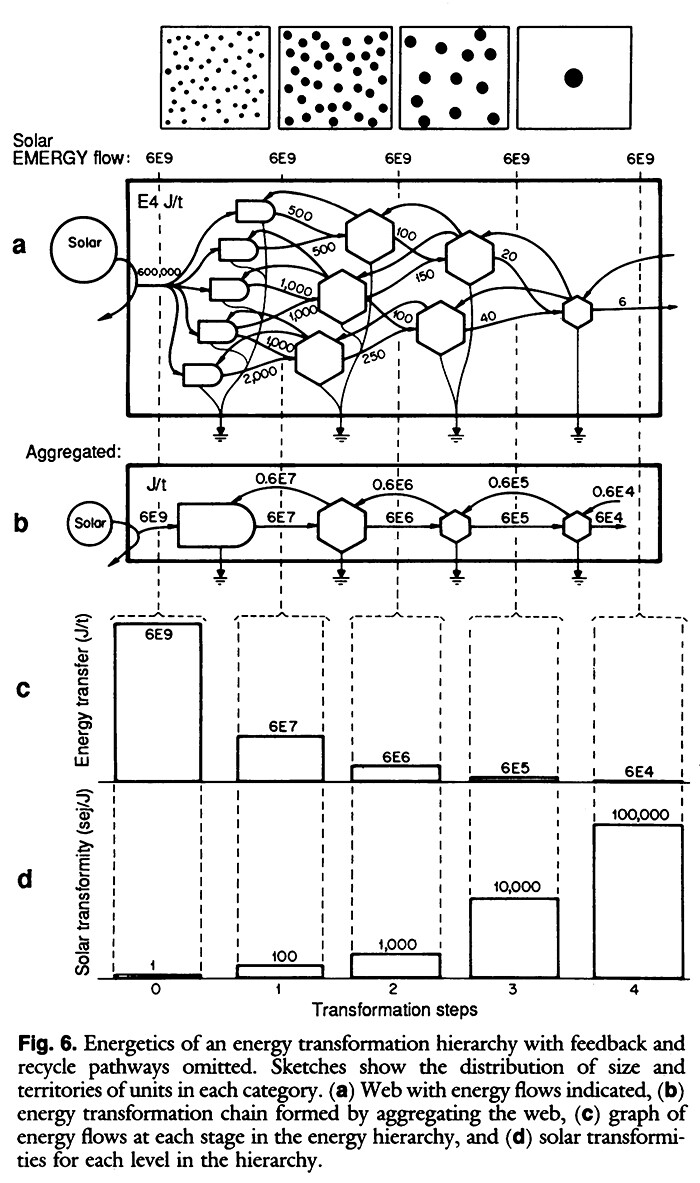

Howard T. Odum developed the concepts of emergy and transformity (with David Scienceman) to analyze self-organizing systems as energy transformation hierarchies, where large flows of low-quality energy converge and transform into smaller volumes of higher-quality energy. In complex ecosystems, work and efficiency calculations must account for multiple forms of energy that cannot be compared through standard energy units. With emergy (“the energy of one type required in transformations to generate a flow or storage”) and transformity (“the amount of energy of one type required to generate a unit of energy of another type”), Odum defined meaningful unit ratios that could explain the behavior of hierarchies through correlations between population number, territory size, and turnover time. Odum hypothesized that “a transformation is useful only if it is to a higher quality that can amplify more with less energy” by reinforcing another flow in the system. From Howard T. Odum, “Self-Organization, Transformity, and Information,” Science 242 (November 25, 1988): 1135.
Metabolic Gift
Buildings are lodged in a hierarchical cascade of terrestrial energetics driven almost entirely by a superabundant solar input. The ecosystem scientist Howard T. Odum developed a methodology to map energy systems that, by using a unit of solar energy (“emjoules”) as its metric, allows all objects and process to be compared. Thus, an “emergy” system reflects the historical record of exergy that has cascaded through the system in space and over time. The position of anything in an energy hierarchy, such as a building, is therefore an index of its “transformities,” or the cascading, successive transformations of solar energy embedded within that system.
Much like Bataille’s description of planetary energetics as a general economy, Odum understood energetics, in scientific terms, as open systems. Accordingly, for the large scale energetics of a forest or building, Odum outlined what he calls the maximum power principle: “in the competition among self-organizing processes, network designs that maximize empower,” or their power (energy) intake and their transformities, “will prevail.”17 In other words, optimal systems maximize, rather than minimize their capacity to do work on their milieu. To do so, energy systems do not simply maximize or minimize energetic and material intake. Rather they select network behaviors which reinforce mutual conditions that will feed back into the system in productive ways, making it and the system more powerful overall. The results are systems of great mutuality and accumulation. This should be one primary purpose and goal of design: to help amplify the organization of our planet’s open ecological systems and the planet’s general economy for the good of human and nonhuman life. To do so requires situating, at long last, the energetics of architecture within planetary energetics. There is tremendous latent design agency in the larger construction ecology of building: new practices, new activist frontlines, new business models, and new futures for architecture.
In the context of planetary energy hierarchies, the role of high transformity objects and processes (such as buildings, people, and information) is paramount. Objects and processes in an energy system of high transformity are characterized by Odum as “high quality” because of their capacity for feedback reinforcement. Odum describes feedback reinforcement in a specific way: “the action of a unit or process to enhance production and survival of a contributing unit or process, thereby enhancing itself; a loop of mutually enhancing interactions.”18
Architects, as specifiers of great amounts of matter, energy, and information, hold a meaningful but currently unwitting position in the energy hierarchies of building. Architectural design should thus not merely focus on an object, but on its terrestrial basis and develop mutually reinforcing terrestrial systems. Design the object and the system; the log cabin and the forest. As such, architecture’s necessary excess need not be a liability, something to be made efficient or less “bad” as techno-managerial designers and engineers would portray it. Rather, this excess in fact presents significant terrestrial potential. It is precisely architecture’s necessary excess that can afford architecture more ecological power through design. Architecture and ecological systems both thrive on surplus, abundance, and excess.
Many types of architectural analysis—energy simulations, embodied energy analysis, and Life Cycle Analysis—neglect important bio-geophysical inputs as well as different energy hierarchies. As Ravi Srinivasan, William Braham, Daniel Campbell, and Charlie Curcija collectively note, “The notion that raw materials for building construction are plentiful and can be extracted ‘at will’ from Earth’s geobiosphere, and that these materials do not undergo any degradation or related deterioration in energy performance while in use is alarming and entirely inaccurate.”19 In this respect, architecture does not need to become more environmental or ecological. Rather, architects need to become aware of just how terrestrial, and thus ecological, architecture has always been.
Metabolic Shift
Taken together, the terms of architecture’s metabolic rift and gift demand a metabolic shift sharply in the direction of maximum power designs for the terrestrial basis of building. Rather than autarkical impulses, contemporary life needs the affordances and abundance that emerge from mutuality and reinforcement design. The metabolic gift of architecture’s necessary excess suggests that architects should be more invested in the planetary dynamics and multifarious pathways of solar accumulation than capital accumulation alone. Architecture needs a different interpretation of the sun, and thereby a different relationship with capital.
Vast resources are squandered on architecture. Architecture requires significant accumulation of resources for its construction and operation. Yet as ecosystems theory establishes, the question is not whether architecture should accumulate or not, but rather which type of accumulation—capital or solar—architecture ultimately amplifies. Powerful natural systems freely squander in a form of ecological munificence. It is time to reinterpret the vast resources of architecture in similarly munificent terms, in more sane and just ways. This will never be possible in any description of architecture as an object. Rather it can only emerge through a re-description of what all architecture is and does as a terrestrial system, one that massively reorganizes the thin crust of this planet for ill, or good. The object of architecture is no longer merely objects alone. What is ultimately at stake is the profound, consequential distinction between the design of a building and the design of building.
John Bellamy Foster, Marx’s Ecology: Materialism and Nature (New York: Monthly Review Press, 2000).
See John Bellamy Foster, “Marx’s Theory of Metabolic Rift: Classical Foundations for Environmental Sociology,” American Journal of Sociology 105, no. 2 (September 1999): 366-405; Justus von Liebig, The Natural Laws of Husbandry (New York: D. Appleton, 1863); and Justus von Liebig, Letters on Modern Agriculture (London: Walton & Maberly, 1859).
Brett Clark and John Bellamy Foster, “Ecological Imperialism and the Global Metabolic Rift: Unequal Exchange and the Guano/Nitrates Trade,” International Journal of Comparative Sociology 50 (2009): 311–334.
Karl Marx, Capital, Vol. III (New York: Vintage, 1981), 949–950.
James O’Connor, Natural Causes: Essays in Ecological Marxism (New York: Guilford Press, 1998), 158–177.
Ibid., 245.
Jason W. Moore, “Transcending the metabolic rift: a theory of crises in the capitalist world ecology,” Journal of Peasant Studies 38, no. 1 (2011): 12–13.
Extraction is properly understood as a type of underdevelopment. The process extracts natural wealth and sends it to an accumulating center. As a result, the extractive periphery successively losses economic wealth and ecological capacity. See Stephen G. Bunker, Underdeveloping the Amazon: Extraction, Unequal Exchange, and the Failure of the Modern State (Champaign: University of Illinois Press, 1985).
The opening pages of several books with claims about sustainability share this rhetoric, including: Brenda and Robert Vale, Towards a Green Architecture (London: RIBA Publications, 1991); Richard L. Crowther, Ecologic Architecture (Boston: Butterworth Architecture, 1992); Rocky Mountain Institute, A Primer on Sustainable Building (Aspen: Rocky Mountain Institute, 1995); Laura C. Zeiher, The Ecology of Architecture: A Complete Guide to Creating the Environmentally Conscious Building (New York: Whitney Library of Design, 1996); Klaus Daniels, The Technology of Ecological Building: Basic Principles and Measures, Examples and Ideas, trans. Elizabeth Schwaiger (Boston: Birkhauser Verlag, 1997); Sandra Mendler and William Odell, The HOK Guidebook to Sustainable Design (New York: Wiley & Sons, 2000).
There is a non-trivial arc of consideration of exudation through the notion of accumulation and squandering in the thought of Marx, Friedrich Engels, Thorstein Veblen, Marcel Mauss, Georges Bataille and Howard T. Odum. Each of these thinkers understands the inevitability of squander in alternate ways. Although of disparate fields, when juxtaposed, these alternate understandings of accumulation and squandering become necessary tools of thought on this topic.
Georges Bataille, The Accursed Share (New York: Zone Books, 1988), 23.
Ibid., 21.
Mark T. Brown and Sergio Ulgiati, “Updated evaluation of exergy and emergy driving the geobiosphere: A review and refinement of the emergy baseline,” Ecological Modelling 221, no. 20 (2010): 2503.
Bataille, The Accursed Share, 25.
Bataille, The Accursed Share, 23–24.
Ibid., 21.
Howard T. Odum, Environmental Accounting: Emergy and Environmental Decision Making (New York: Wiley, 1996), 16.
Ibid., 289.
Ravi S. Srinivasan et al., “Re(De)fining Net Zero Energy: Renewable Emergy Balance in environmental building design,” Building and Environment 47 (2012): 301.
Accumulation is a project by e-flux Architecture and Daniel A. Barber produced in cooperation with the University of Technology Sydney (2023); the PhD Program in Architecture at the University of Pennsylvania Weitzman School of Design (2020); the Princeton School of Architecture (2018); and the Princeton Environmental Institute at Princeton University, the Speculative Life Lab at the Milieux Institute, Concordia University Montréal (2017).
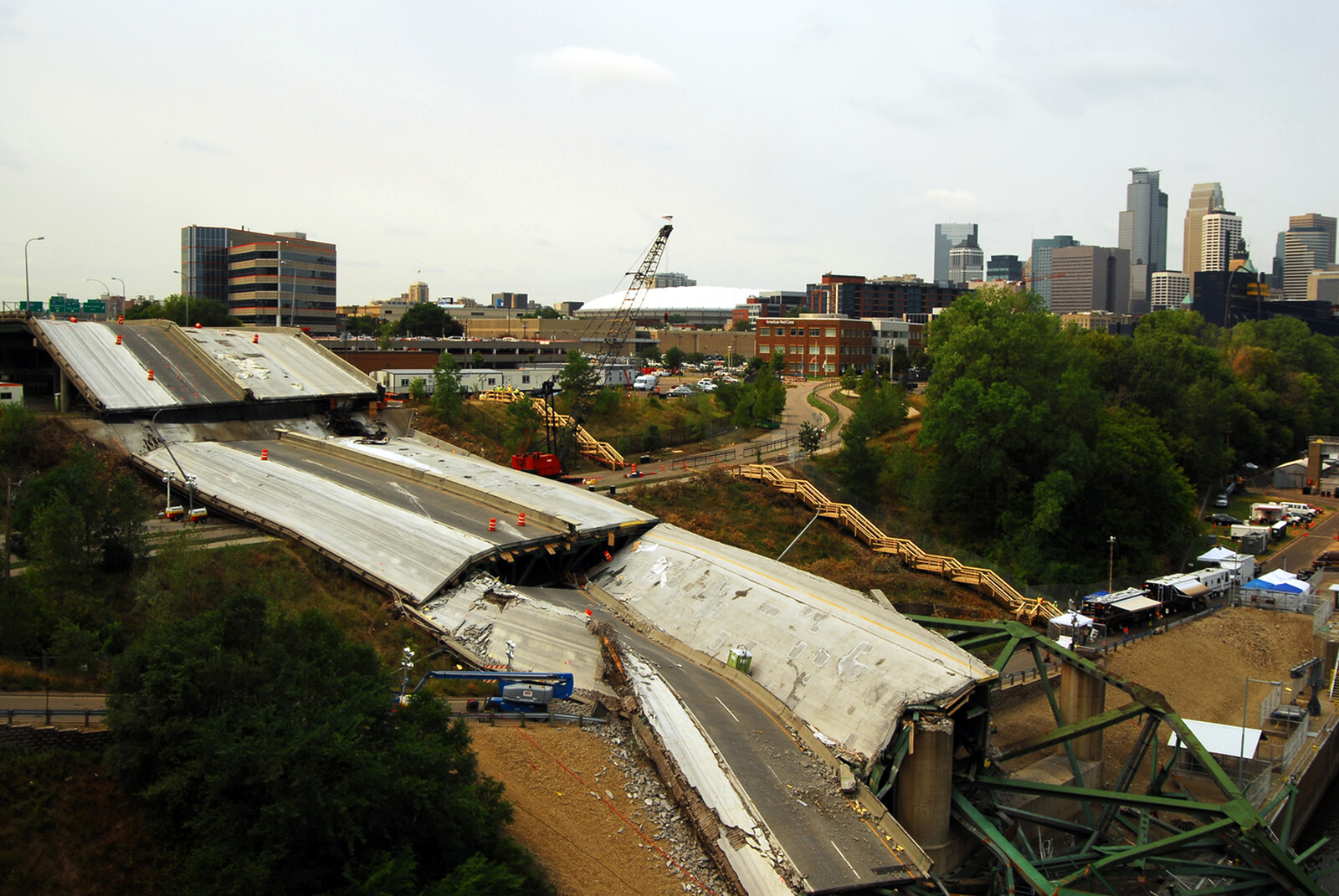





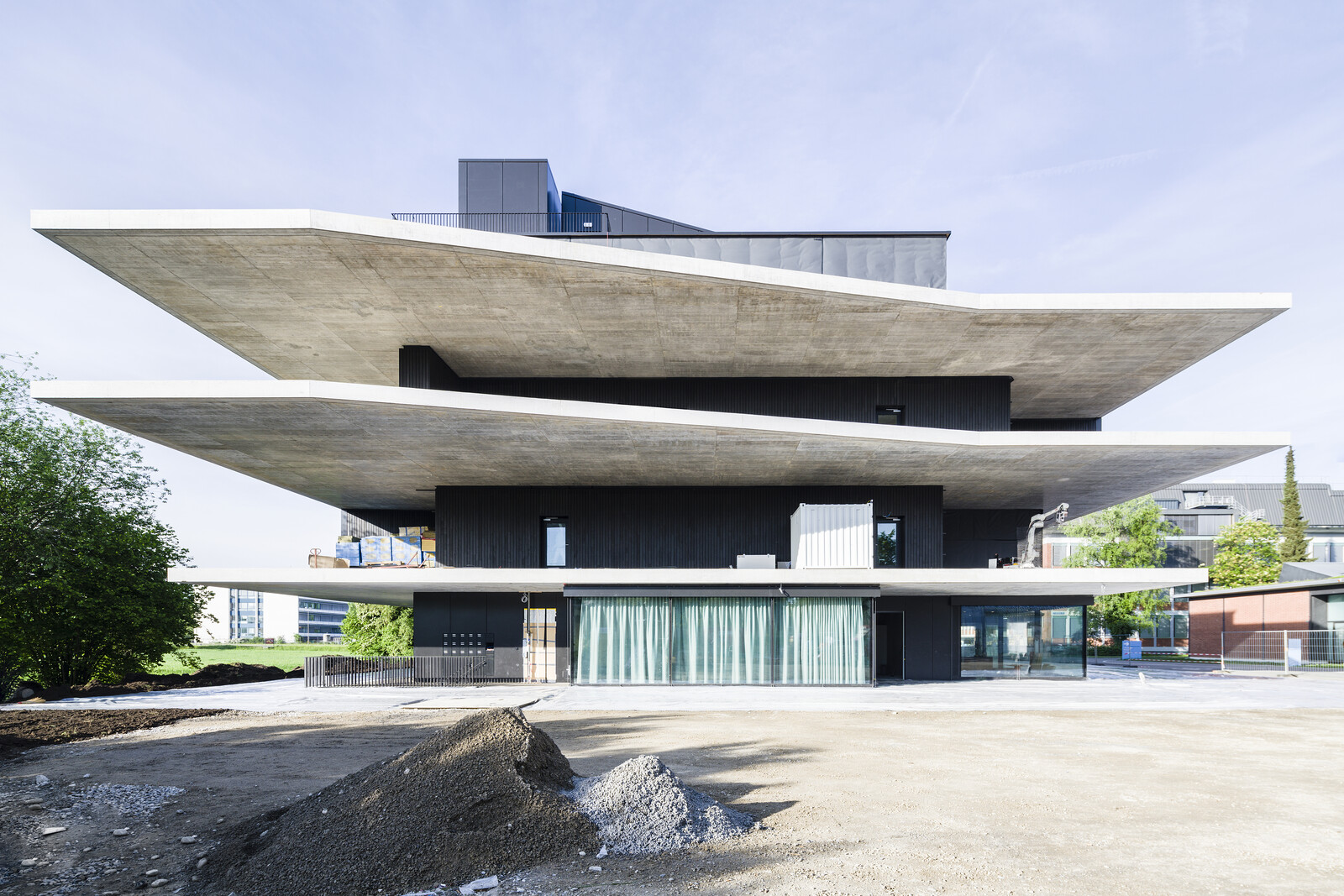


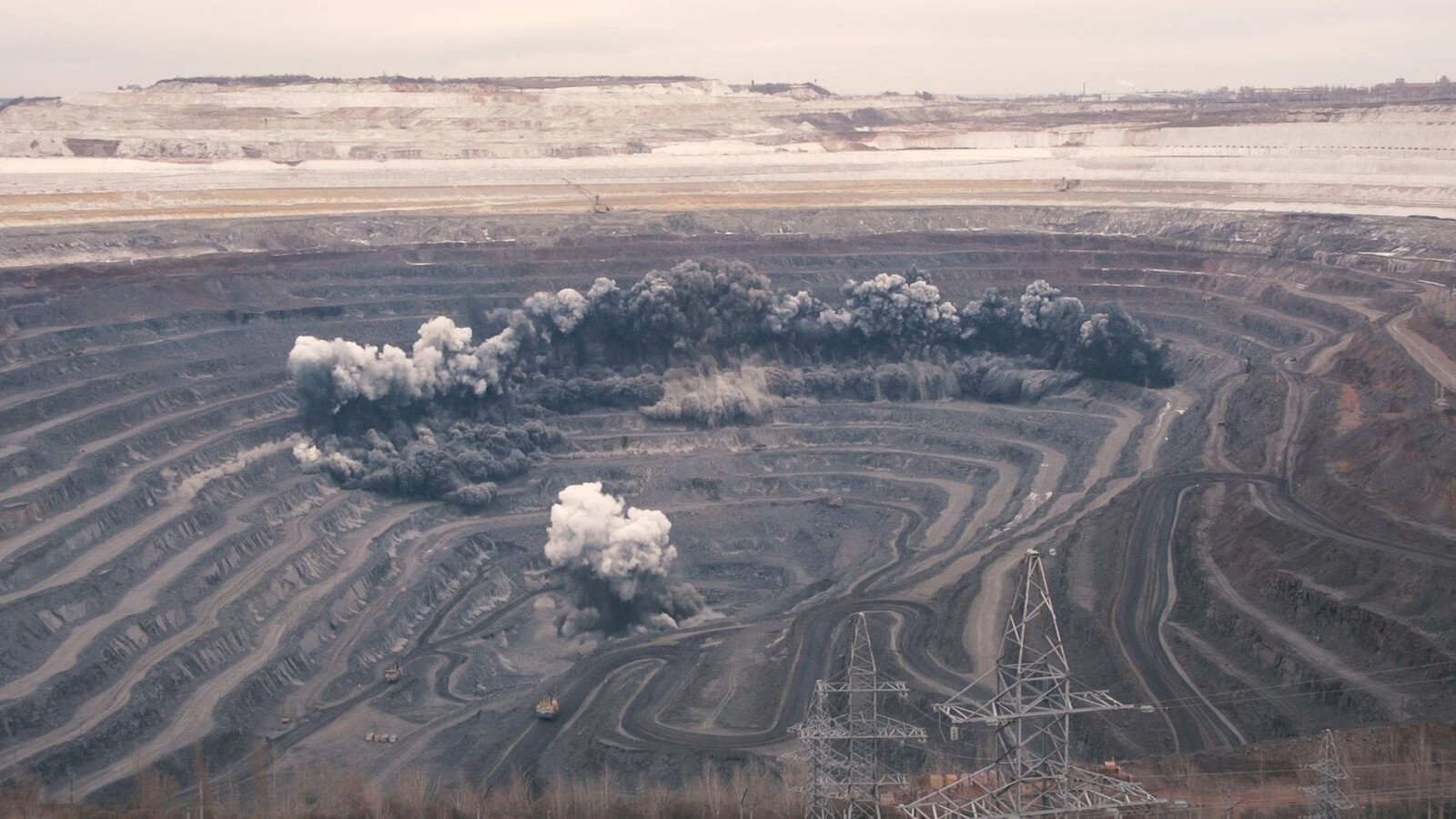
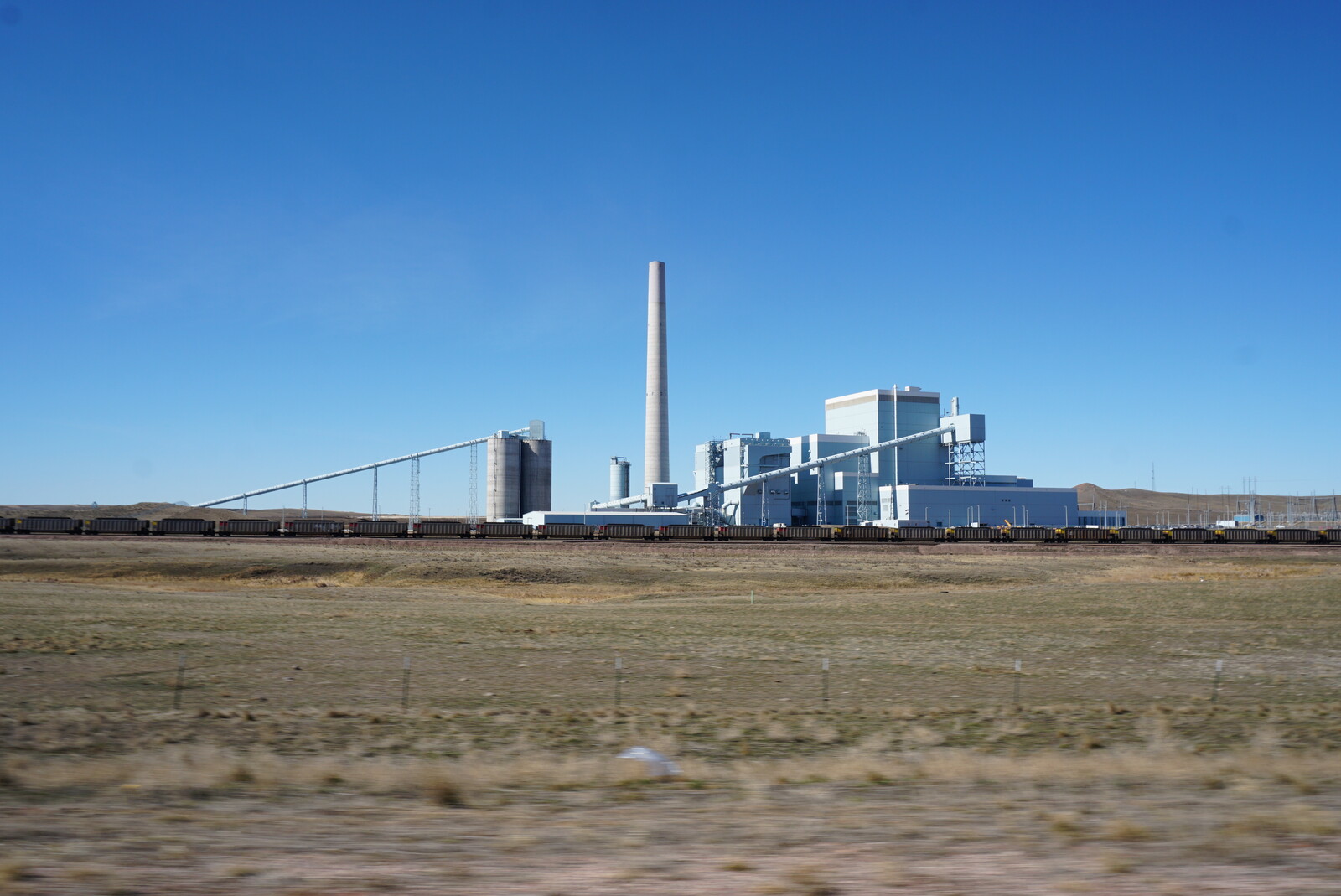






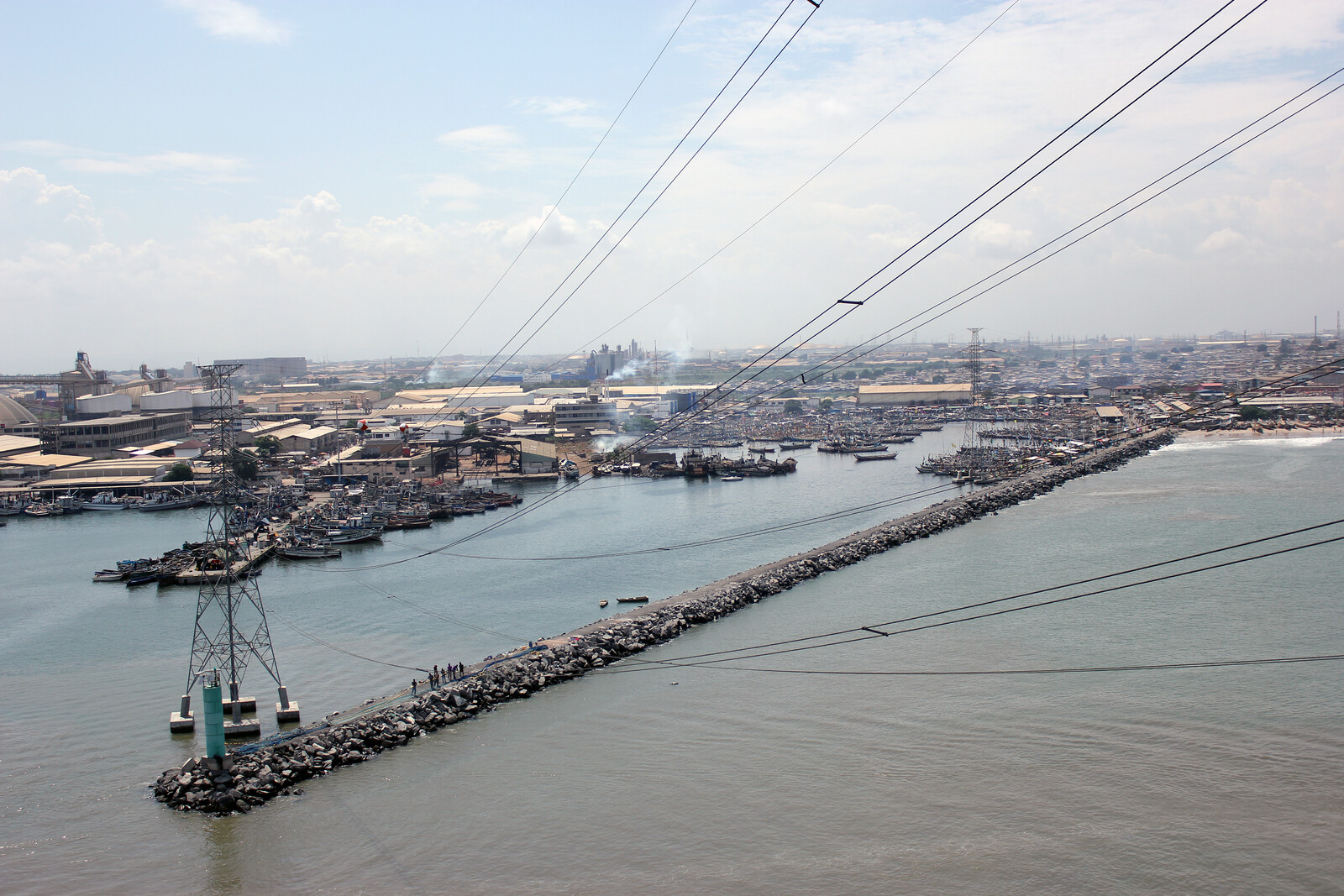
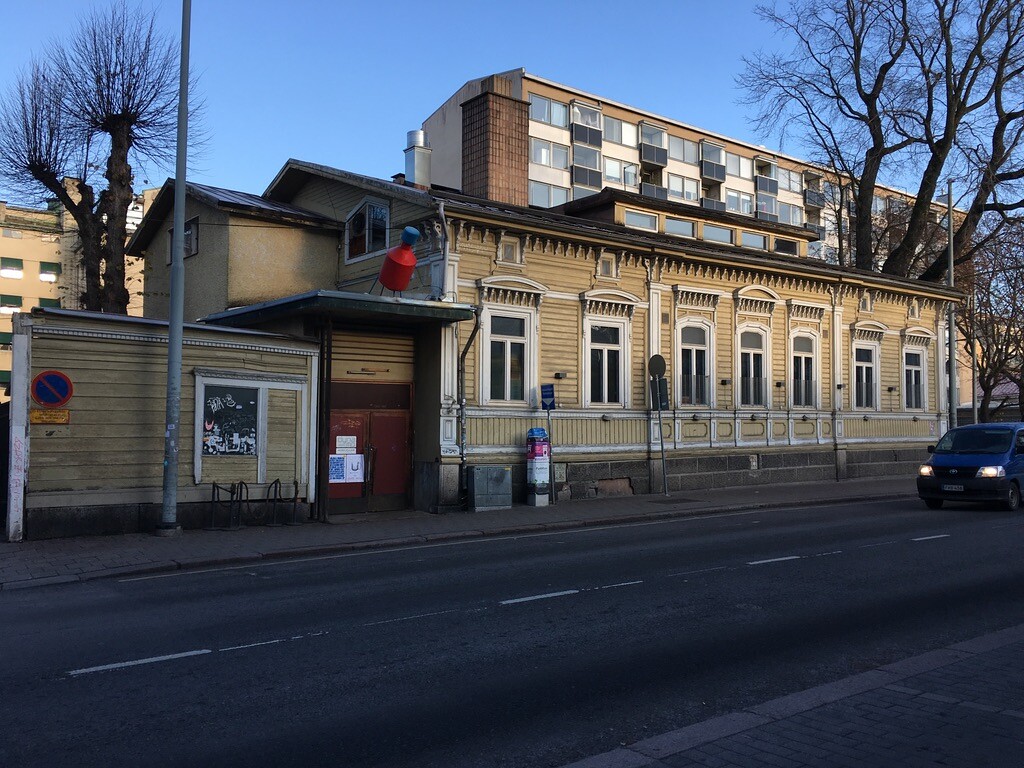




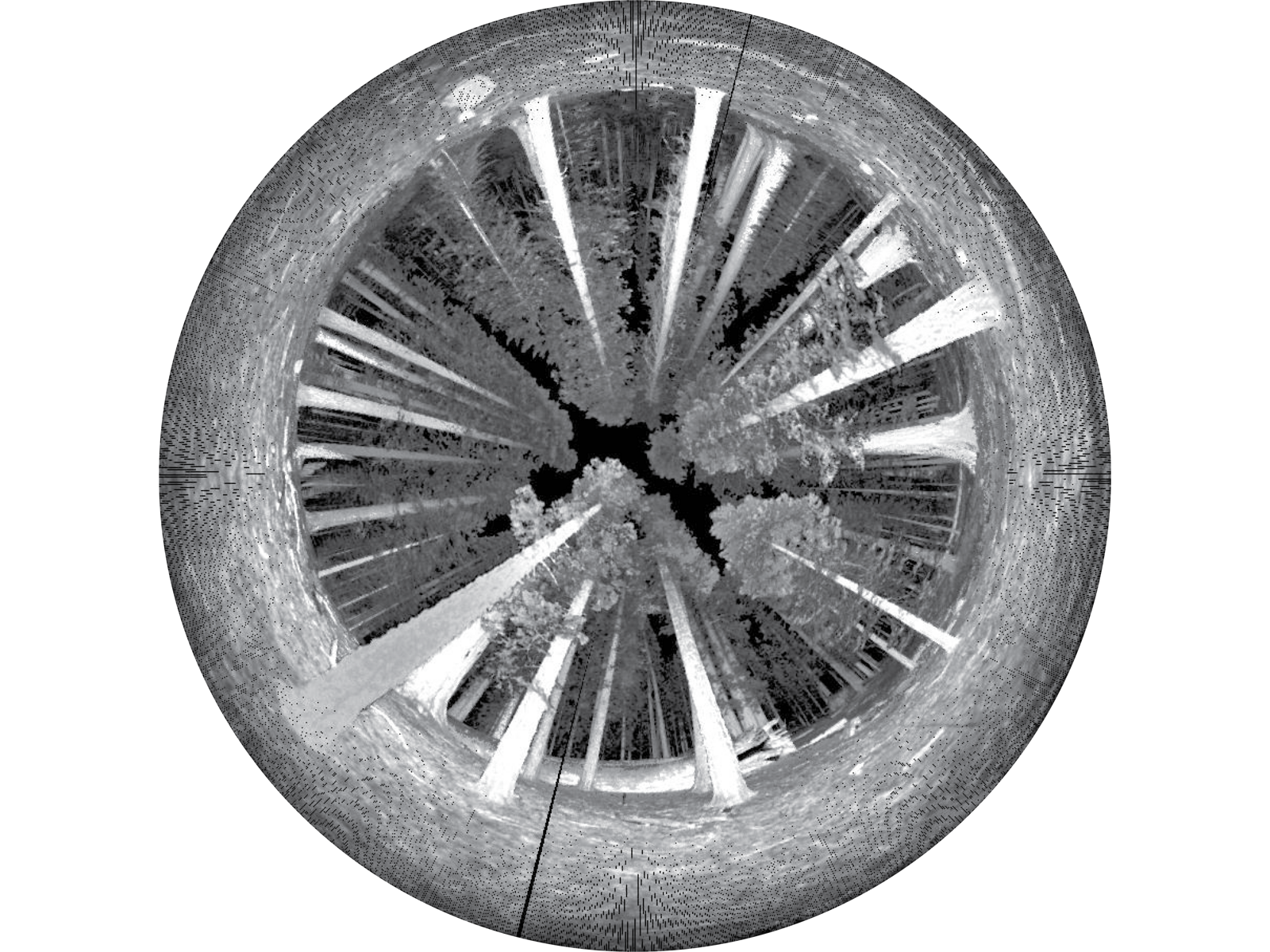





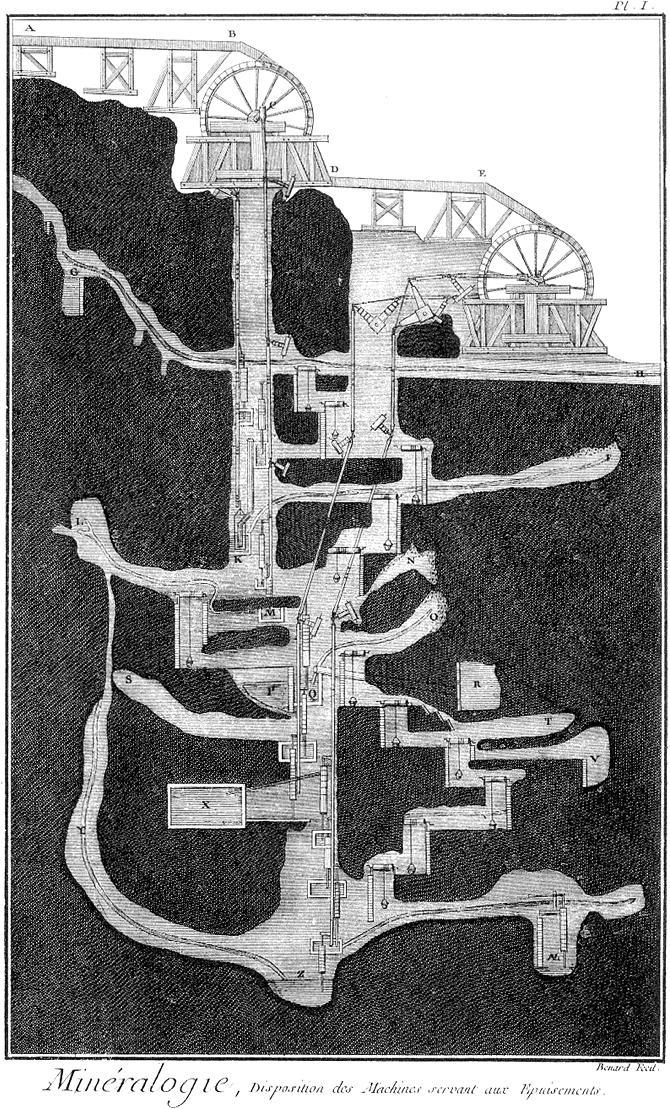


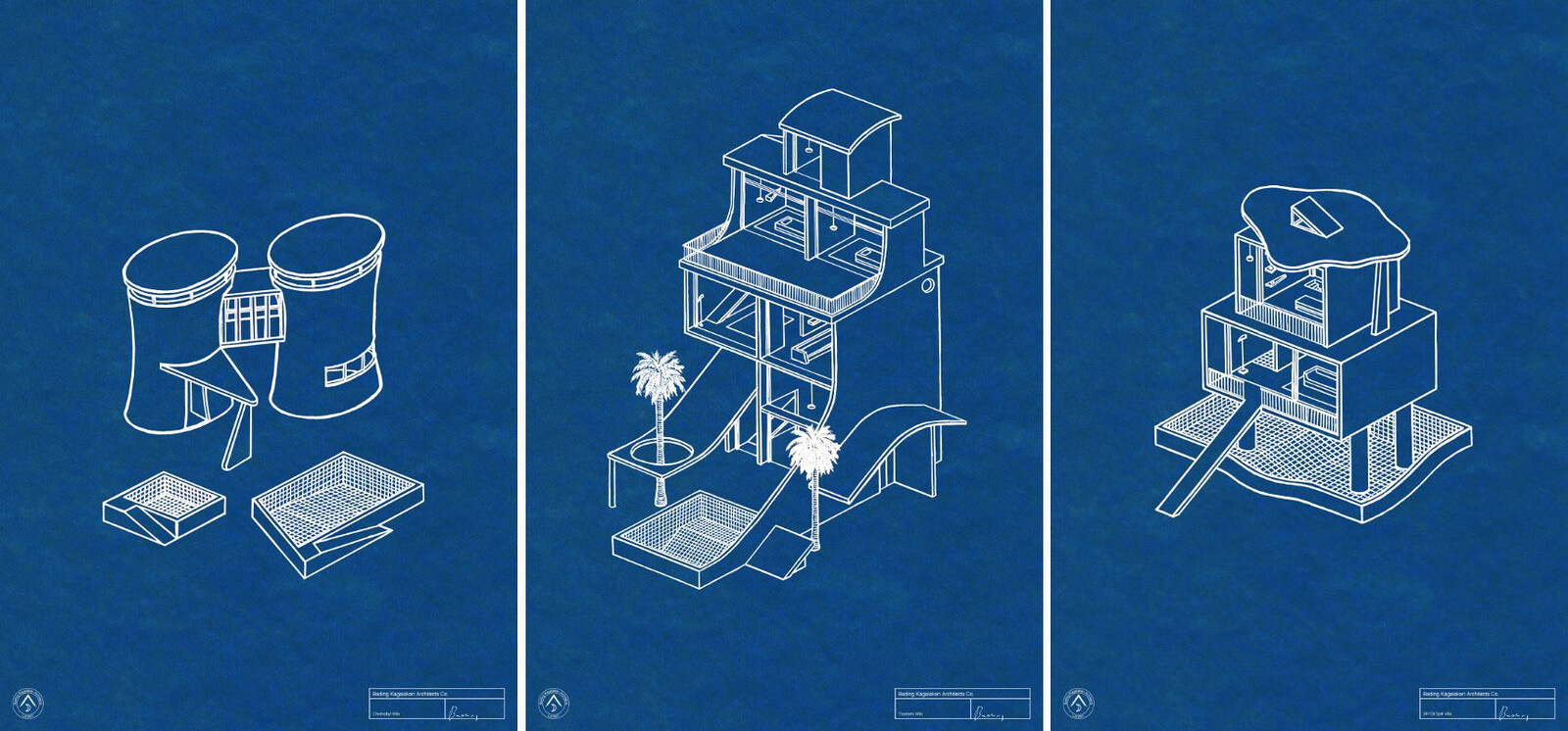
.png,1600)


